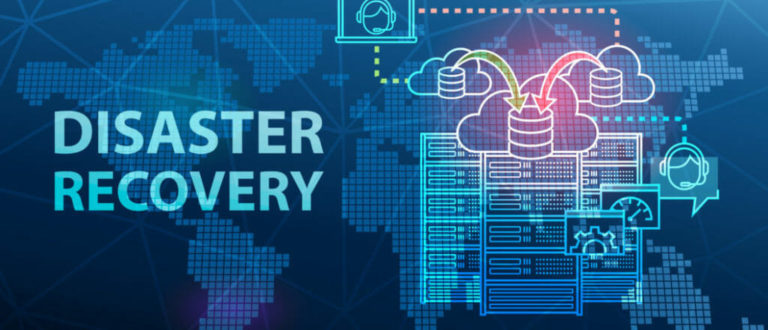

Business continuity is a concern for many organisations, particularly in the case of SMEs who don’t necessarily have the resources to respond quickly and effectively. 73% of businesses have now had some type of operations interruption in the past five years, and businesses must ensure that they have the correct measures in place to counteract these forms of disruption. Strategies must be well-thought out, with proactive tactics such as cyber-security, and frequent system backups for efficient disaster recovery (DR).
Paul Blore, Managing Director at Netmetix, explores the DR strategies available to organisations.
Historically, on-premise backup systems that use removable media in the form of tapes or disk drives to store backup data, have been used to try to ensure continuity in the event of a disaster. However, this requires manual action and designated employees, that can lead to human errors and failed or incomplete backups. Moreover, removable media is typically a consumable that needs replacing regularly; a considerable cost that is not ideal for SMEs.
When it comes to conventional DR, it works through the duplication of all critical systems, installed at a different location and ready to take over if disaster strikes at the primary location. Although a working solution, this is expensive, and many businesses have concerns over the required budget for ‘what if’ technology that may never be needed.
Cloud technology has received a flood of attention, and in the case of DR, has the ability to drastically reduce storage costs, whilst making entire system backups much more cost-effective and straightforward. All of the leading cloud providers now offer backup as a core service of their cloud offerings, and clients can generally select whichever backup schedule and retention policy they wish to utilise.
This also addresses the DR aspect as well, with major cloud service providers employing large-scale resilience and redundancy to ensure their systems remain operational. In the unlikely event an entire data centre goes down, client systems could operate from a second data centre. The very best systems can also provide a full DR service for on-premise systems by replicating on-premise data in almost real-time into the cloud. Then, if disaster strikes, the systems can automatically allocate computing resource e.g. CPUs, RAM etc. and “spin-up” virtual servers to seamlessly take over until normal service is resumed on-site. Once the disaster has passed, the cloud systems will “fail-back” to the on-premise systems and synchronise all data that was changed during the disaster window.
Operating on usage-based costings, this type of system is ideal as the secondary or replicated IT infrastructure lays in wait until it’s required, and businesses need only pay for it when, or if, they need it – perfect for SMEs with minimal budget. This means that when it comes to defining a DR strategy, businesses now have far more options available, with genuine DR systems now a cost-effective possibility for SMEs.
With so many businesses relying on digital technology to function day to day, business continuity should be a key priority for organisations, and will continue to be in the foreseeable future. After all, businesses will cease to function at full capacity if a disaster strikes and the necessary procedures are not in place; and as a direct result will experience a significant increase in downtime and expenditure, with a decrease in potential profits.
It’s now easier than ever to migrate to the cloud and take advantage of the inbuilt backup and DR options available. With the rate of cyber attacks on businesses of all sizes increasing significantly, no company is immune from the threat of hacking, human error or natural disasters, and there is no longer an excuse to not have these systems and procedures in place.